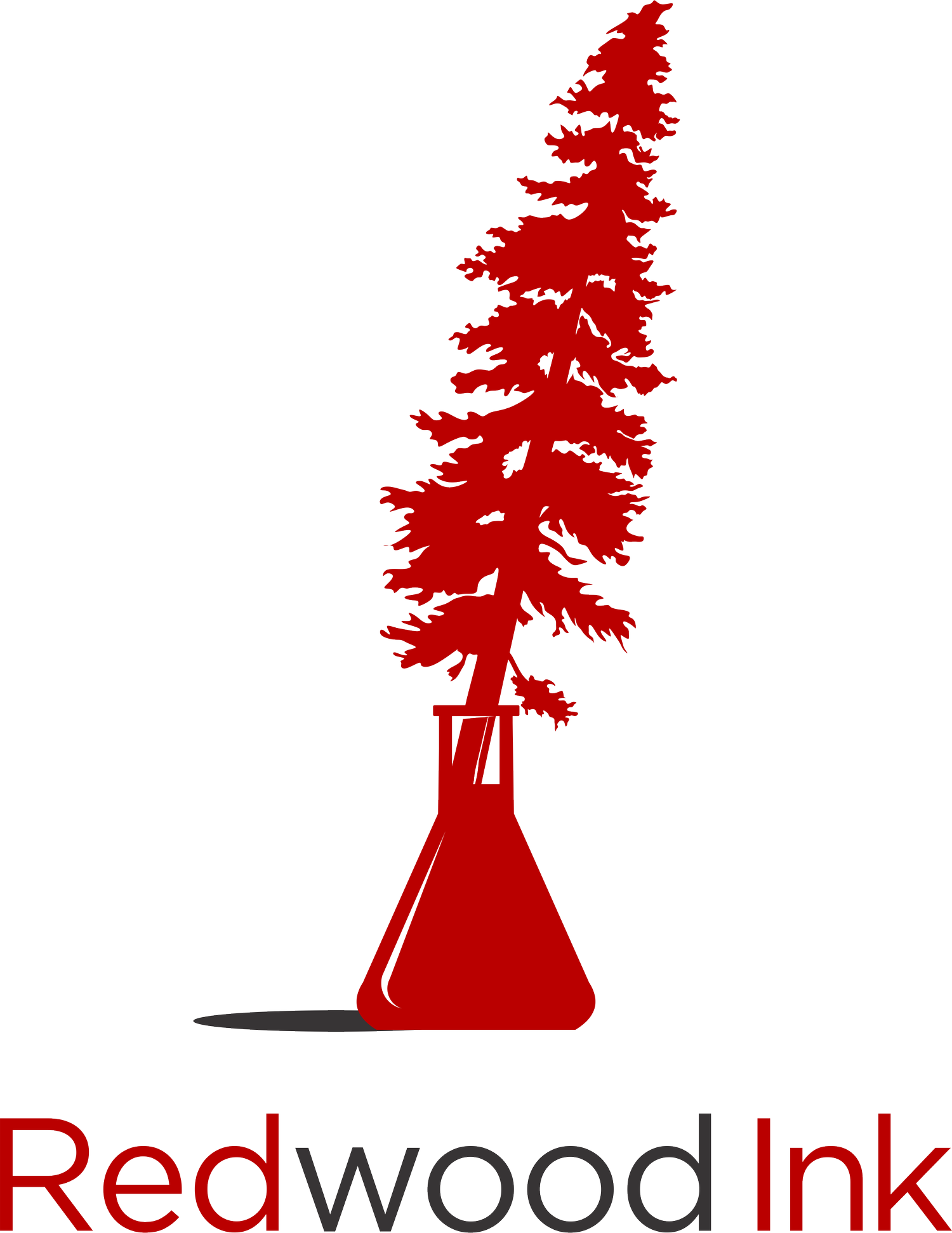10 Most-Read Scientific and Medical Writing Articles in 2021
Three years ago, I started writing articles about scientific and medical writing. I know that learning to write effectively can be overwhelming, so I wanted to make the learning process as easy and accessible as possible. Since then, my goal has been to give researchers bite-sized guidance and helpful tools on a variety of topics related to writing. To date, I have written more than 75 such articles.
As we near the end of 2021, I looked back at the most-read articles of the year. I want to make sure that I am creating content that you find valuable. As I looked at the top 10 articles on the list, I thought I would gather them in one place so that you can easily find them when you need them.
Below are my 10 most-read articles on scientific and medical writing in 2021.
1. 10 Tricks to Reduce Your Word Count in Academic Writing
Cutting down your hard-won draft to meet a page or word limit can be agonizing, especially when you’re under pressure to meet a due date. When you have little time to spare, making small revisions can add up to the space you need. This article shares ten simple tricks you can use to quickly tighten your text.
2. How to Choose the Author Order in a Manuscript
As a researcher, a key part of your career is to conduct research and publish your findings, all to advance the body of work in your research area. The primary way to recognize your contributions and the contributions of others is through authorship and acknowledgments. But who should you list as an author? And in what order should you list them?
3. 5 Features of a Successful Research Proposal
Many researchers face the daunting challenge of writing a grant proposal. To help your proposal stand out from the others, you need to accomplish a few important tasks. This article describes what questions you need to answer to win over your reviewers.
4. How to Write a Winning Grant Title
The title of your proposal (or manuscript) is one of the most important parts of your grant application. Because it is the first thing your reviewers will read, the title sets the tone for the rest of the grant. These tips will help you win over your reviewers with a great first impression.
5. The Debate on Passive Voice in Scientific Writing
For decades, researchers have deliberated over when to use passive voice in their writing. Active voice is clear and compelling, but passive voice can be a powerful tool when used thoughtfully. This article describes how and when passive voice can strengthen your writing. And if you have trouble identifying passive voice in your writing, enlist the help of superheroes.
6. When to Use Apostrophes in Formal Scientific Writing
Apostrophes can help to maintain a formal tone in scientific and medical text. But, when used carefully, they can add simplicity and clarity to your writing. This article discusses when apostrophes are appropriate to use in formal scientific writing.
7. Why Varying Sentence Length Engages Your Reader
Sentence length is a top predictor of readability and comprehension. Yet, researchers tend to write medium to long sentences that challenge their reader's attention and understanding. By mixing short and long sentences in your writing, you can create rhythm that engages your reader.
8. 10 More Ways to Reduce Your Word Count in Academic Writing
As an academic author (regardless of your field), you will face the challenge of meeting a word, page, or character limit in your writing. This article builds on the original 10 tricks for cutting the word count to help you further condense your writing.
9. 10 Things to Avoid Saying in Your Research Presentation
Presentations are another common way that researchers communicate their work. In addition to great content and a stellar slide deck, you need to keep your audience interested and engaged. Avoid these 10 phrases to strengthen your presentation and make a great impression on your audience.
10. How to Write a Cover Letter for Your Journal Submission
Some researchers quickly draft a cover letter as the final step before submitting their manuscript. But a cover letter is your chance to market your research, capture the editor’s interest, and set the tone for your manuscript. This article provides a guide (and free template) to ensure you include the key elements in your cover letter.
